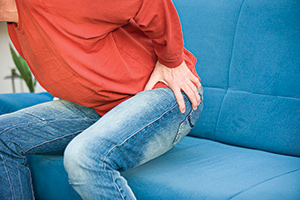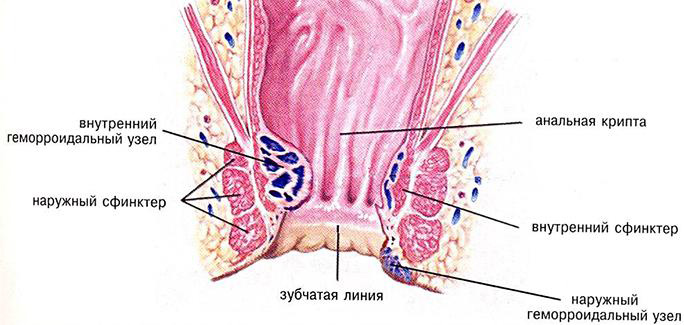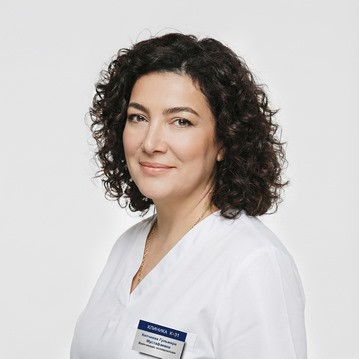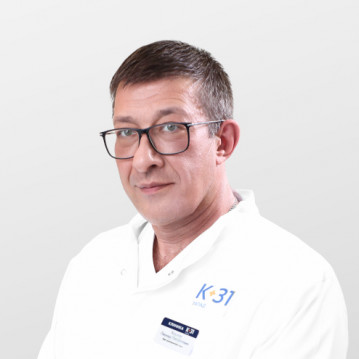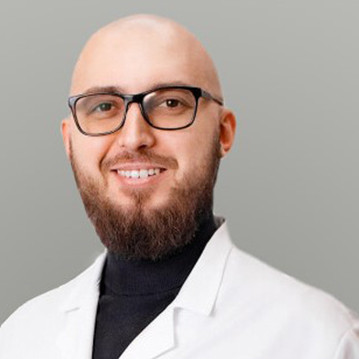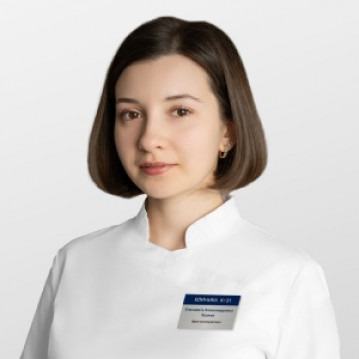Causes
Predisposing factors for the development of hemorrhoids are:
- a sedentary and sedentary lifestyle (including working at a desk, computer, etc., as well as daily long driving in a car);
- unhealthy diet (restriction of fiber intake);
- chronic or acute constipation;
- genetic predisposition;
- pregnancy, childbirth;
- alcohol abuse
- old and senile age.
Under the influence of these factors, hemorrhoidal nodes increase in size, are displaced in the direction of the external opening of the anus, while the processes of dystrophy in the retaining apparatus increase and the hemorrhoidal nodes begin to fall out of the anal canal. The development of dystrophic processes leads to a gradual, but irreversible displacement (loss) of hemorrhoidal nodes.
The main manifestations of hemorrhoids
The most characteristic symptoms of the early stages of the disease are anal discomfort and itching in the anus. At this stage, most patients cannot yet overcome the feeling of constraint and, unfortunately, do not consult a doctor.
The most common reason for going to the doctor is the allocation of blood from the anus during bowel movements or immediately after it, less often between bowel movements. Sometimes - blood secretion can lead to the development of anemia (a decrease in the amount of hemoglobin in the blood - a protein that carries oxygen). Another common reason for going to the doctor is persistent, dull pain in the anus. With hemorrhoids, mucus from the anal canal can occur. However, this symptom can also occur in other pathological conditions of the colon.
With progression, the nodes become larger and begin to fall out of the rectum. They begin to fall out during physical exertion and even with intense coughing and severe sneezing. In this condition, there is a high risk of injury to hemorrhoids with the occurrence of bleeding, cracks in the rectal mucosa.
Diagnostics
As a rule, the diagnosis of hemorrhoids does not present great difficulties. To make a diagnosis, a proctologist needs to listen in detail to the patient's complaints and conduct an examination. To clarify the severity of hemorrhoids, a digital examination of the rectum is performed, examination with an anoscope and sigmoidoscope. Of course, in this case, the rectum of the patient must be cleaned. There are 4 stages of hemorrhoids.
Figure No. 2. Stages of internal hemorrhoids.
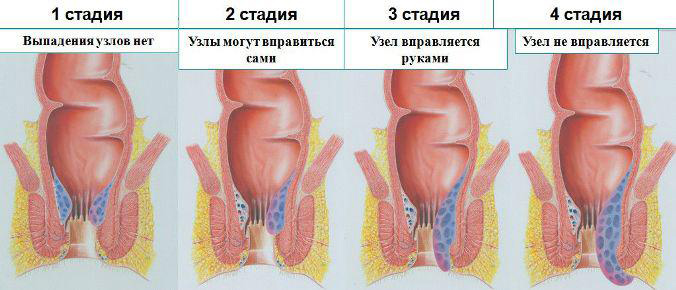
Hemorrhoid treatment
Today, there are a large number of different methods of treating hemorrhoids. Depending on the severity of pathological changes, either conservative therapy or surgical removal is used. After the examination, the doctor will discuss with you a possible treatment tactic.
Surgical treatment of external hemorrhoidal nodes is performed only in the presence of acute or recurring thrombosis, as well as if patients wish to achieve a cosmetic effect.
More often, the attention of the patient and the doctor is concentrated on the treatment of internal hemorrhoids. In most cases, we try to use modern minimally invasive methods for treating hemorrhoids - that is, methods that are accompanied by minimal pain at the time of execution and after manipulation and do not require treatment in a hospital. Such treatment methods, however, are only possible if the patient has applied to the initial I or II stage of hemorrhoids. In advanced cases, when the effect of minimally invasive interventions is doubtful, we offer surgical treatment.
Minimally invasive outpatient treatments for internal hemorrhoids include:
- Infrared photocoagulation of internal hemorrhoidal nodes.
- Laser destruction (vaporization) of hemorrhoids with a therapeutic laser.
- Ligation of hemorrhoidal nodes with latex rings.
- Sclerotherapy of hemorrhoids.
In stage II and at the very beginning of stage III, it is possible to use modern instrumental methods that combine flashing of blood vessels, supplying hemorrhoids and tightening (mucolifting) of the falling mucosa.
In the arsenal of coloproctologists of the clinic for such situations, there is a Longo operation and doppler-controlled ligation of internal hemorrhoidal vessels with mucolifting according to the HAL RAR type.
The essence of Longo’s operation is not to remove hemorrhoidal nodes, but to tighten them (Figure 3, D and C) by excising a section of the overgrown rectal mucosa in the painless zone. At the same time, flashing of blood vessels supplying the internal hemorrhoidal nodes is carried out.
Figure No. 3. The stages of the operation of resection of the mucous-submucous layer of the lower - ampullar section of the rectum according to Longo.
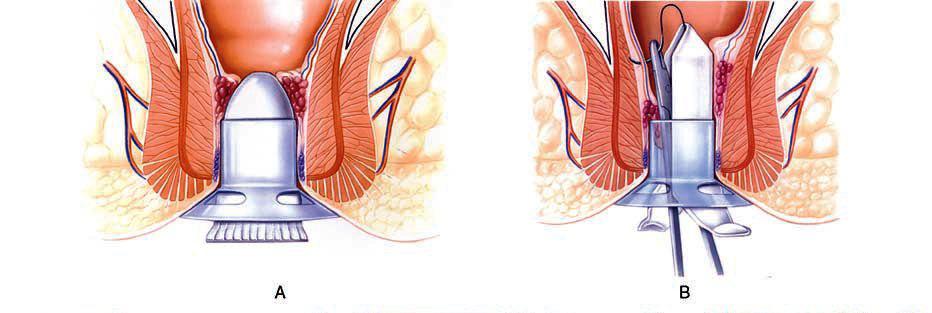
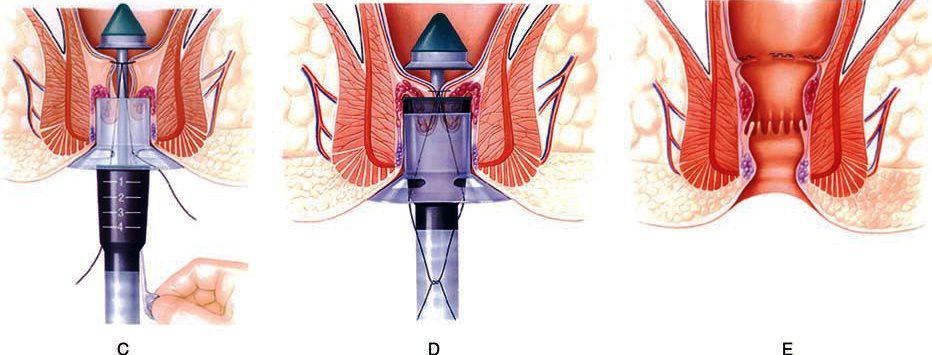
The advantage of the operation is unexpressed pain and a short rehabilitation period. This operation is performed under general anesthesia, but the patient can be allowed to go home the next day.
Another modern operation is HAL RAR (hemorrhoid artery ligation and recto-anal repair). Translated from English, this means: Doppler (ultrasound) - controlled ligation (desarterization, flashing of the supply vessel) of the internal hemorrhoidal node (HAL), with mucolifting (mucous lift) (RAR). HAL RAR is a modern method for minimally invasive treatment of hemorrhoids II and initial III stages.
Method Features:
- Desarterization (ligation) of the vessels of the internal hemorrhoidal nodes under the control of ultrasound dopplerography - reduces the flow of arterial blood to the hemorrhoidal node, as a result of which it decreases in size and returns to normal
- Method of mucopexy (pulling the tissue of the node into a normal anatomical position)
- In some patients, against the background of deserterization, supplemented with mucopexy techniques, a pathologically altered hemorrhoid is destroyed with a laser beam using a puncture method, its wrinkling and reduction in size.
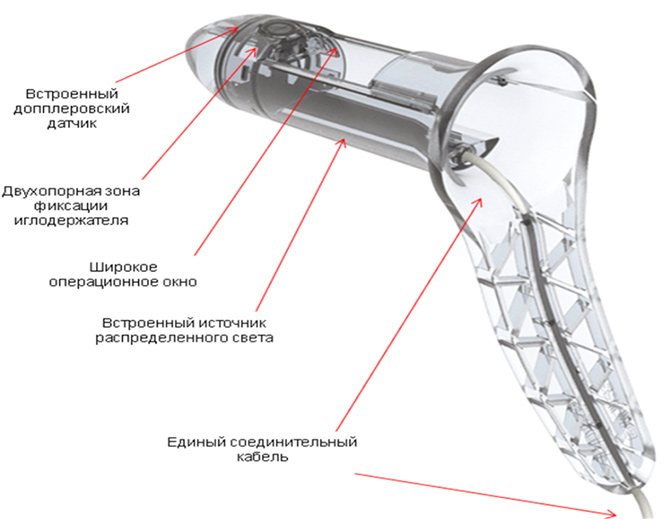
Submucous laser destruction (laser evaporation of the site) can be used not only for the treatment of hemorrhoids II or initial stage III, but also for the treatment of hemorrhoids of advanced stage III. However, in this case, there is a risk of a return in a few years of the symptoms (manifestations) of the disease.
However, most often, if a patient suffering from hemorrhoids turned up at a late III or IV stage, he is shown an operation to radically remove hemorrhoidal nodes. Otherwise, there is a high risk of a quick return of complaints before surgery. Performing such an operation is associated with a more pronounced pain syndrome in the postoperative period. But in this case also there is no reason to be upset. Modern equipment, proven methods, high professional training of medical and nursing staff, as well as modern methods of anesthesia, will allow for surgical intervention with minimal trauma, and the most difficult days of the nearest (4-5 days) postoperative period are possibly more favorable and do not require long-term rehabilitation .
Complications:
According to world statistics, it is known that complications can occur after surgical treatment. However, the extensive experience of the Koloproctologists of the K + 31 Clinic, an individual approach, modern equipment, attentive staff and careful postoperative management minimize this risk.
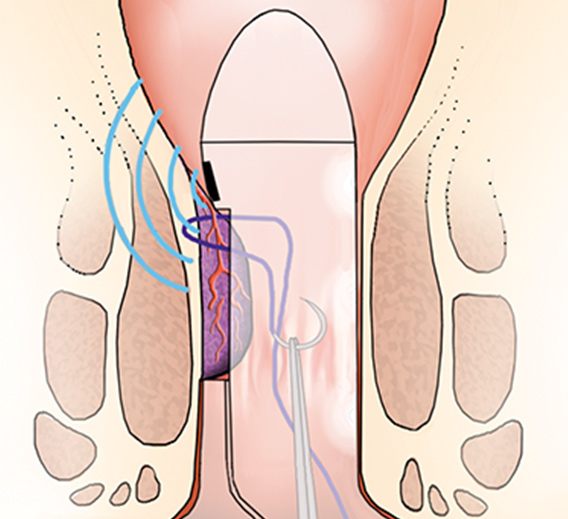
After any operation performed for hemorrhoids, to prevent the return of the manifestations of the disease, we recommend:
- Good faith following the doctor's recommendations in the early and long-term postoperative period.
- Proper nutrition;
- Active lifestyle;
- Timely treatment of constipation and intestinal infections;
- Regular preventive examinations.
This will help to avoid not only the return of the disease, but also to feel better.
